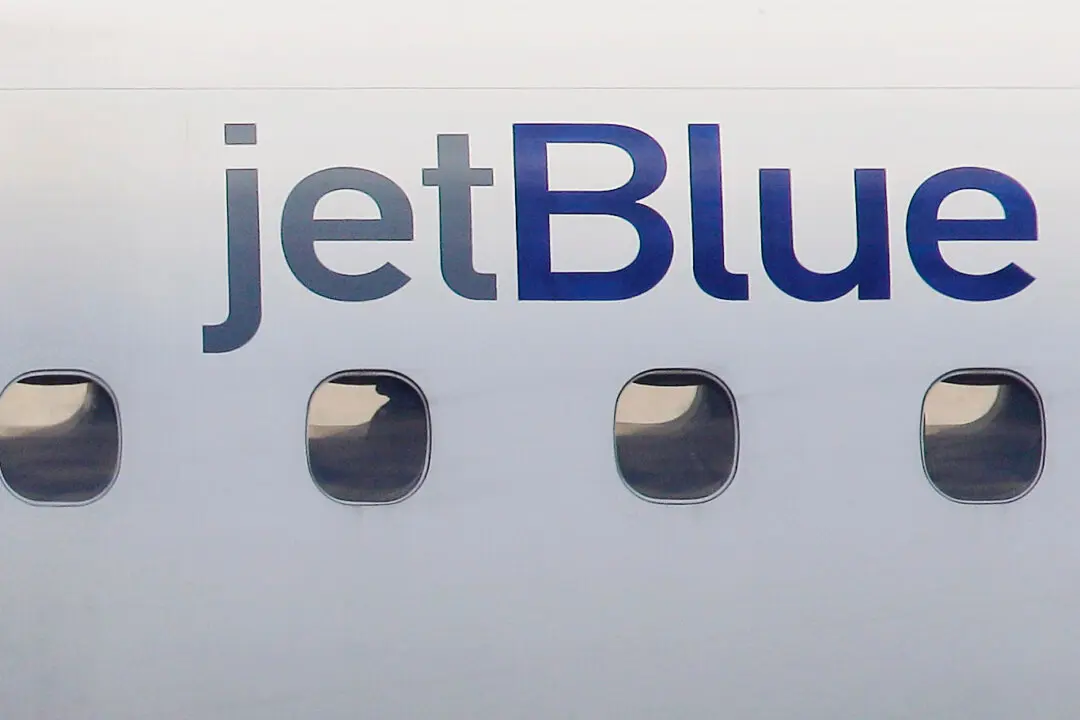WASHINGTON — The Federal Reserve is keeping a key interest rate unchanged in light of global pressures that risk slowing the U.S. economy.
As a result, Fed officials are now forecasting that they will raise rates more gradually this year than they had envisioned in December.
The central bank said Wednesday that the economy has continued to expand at a moderate pace but that global economic developments and financial markets still pose risks. Offsetting the threats, the Fed said in a statement after its latest policy meeting that indicators point to further strengthening in the job market. It sees some pickup in inflation.
Since raising its benchmark short-term rate from a record low in December, the Fed has held off on raising rates again given market jitters and a sharp slowdown in China.
Most economists think the Fed will raise rates twice this year, most likely beginning in June.





